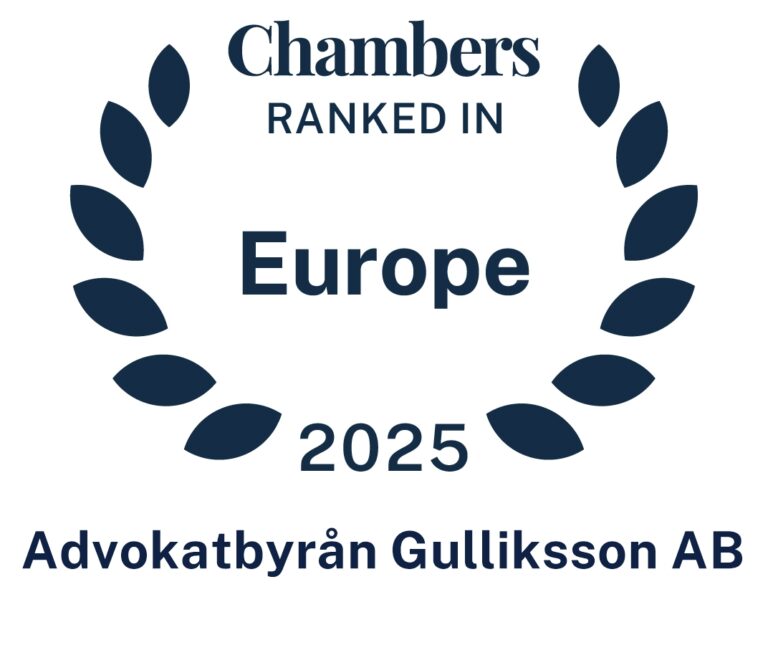The right awarded to a holder of a registered intellectual property right is typically the right to stop others from using the subject matter of the registration. Consequently, the awarded right does not ensure the holder the right to use the subject matter as it may fall within the scope of protection of third party rights. There is, however, an indirect but in practice important effect obtained by a registration. It has the potential of preventing others from registering intellectual property rights that would otherwise prevent the use of the subject matter of the holder’s registration. Thereby, the right to use is indirectly secured by registering the intellectual property right.
A registered intellectual property right is an example of a so-called negative right as it does not in and of itself give the holder the right to use the intellectual property encompassed by the right. In contrast, the right gives the holder means to stop others from using the intellectual property. As an illustrative and hypothetical example, if you hold the patent for the combination of a bicycle with a headlamp, the holder of the patent for the bicycle may still prevent you from using your invention. As mentioned in the preamble of this article, however, there is an important, albeit indirect, “positive” effect achieved by registering one’s intellectual property effect in that such registration will prevent others from encumbering the intellectual property through subsequent registration. In the following this effect will be referred to as “the defensive effect”. In my experience, the defensive effect is often overlooked by holders, or would-be-holders, of intellectual property rights. In the following I will briefly discuss the practical aspects that these holders should take into consideration when assessing what subject matter that they should protect by registration.
Patent and design rights require novelty and already by applying for protection for new inventions/designs the holder will ensure a certain degree of protection against subsequent applications. Once the patent/design application has been published, the subject matter of the application will be publicly available and the protection against subsequent applications be further improved. In my experience, the importance of this protection may be crucial. It is common that an entire industry is working on a handful of well-known technical problems. Consequently, each competitor within the industry will have dedicated teams addressing the same problems. Against this background, it is only natural that the competitors within the industry each will arrive at similar and/or overlapping solutions to the problems – i.e. inventions. In such instance the first competitor to file for protection for its invention will be the one with the best protection and possibility to block others. That invention will also be deemed as prior art against subsequent solution which will prevent or dilute the other competitors’ possibility to protect their solutions.
The defensive effect of registering a right is even more important for trademarks. In contrast to design/patents a trademark does not need to be novel to be registerable. This means that a public use of a holder’s trademark is in most countries insufficient to prevent others from registering that, or a similar, mark. Most trademark laws will have different mechanisms for protecting the first user of a trademark from more blatant bad faith applications and/or provide some protection if the earlier use is sufficiently substantial. In practice, however, the subsequent registration by someone else will typically prevent the first user from using their trademark or at a bare minimum create legal obstacles surmountable only with the most exhaustive efforts – especially where the subsequent holder is a holder with a bona fide interest in the mark for which protection is sough. The underlying rationale is that when two trademark holders have a dispute over the same/similar trademark, the system will protect the one with the earliest right. The risk associated with not properly registering one’s mark is further increased as each trademark registration is limited to a particular jurisdiction and a set of goods and/or services. This means that a protection that is deficient in terms of jurisdiction and/or goods/services will provide a correspondingly deficient defensive effect.
In summary – while intellectual property protection has the purpose of providing holders the mean to stop third party use of the intellectual property registering one’s intellectual property will also protect the holder form subsequent applications that could otherwise limit the holder’s access to the intellectual property. Thus, registering one’s rights will provide one tool to navigate the risk that third parties registers rights that encumbers one’s ability to use the intellectual property created.
If you have any questions, our team is happy to help!






